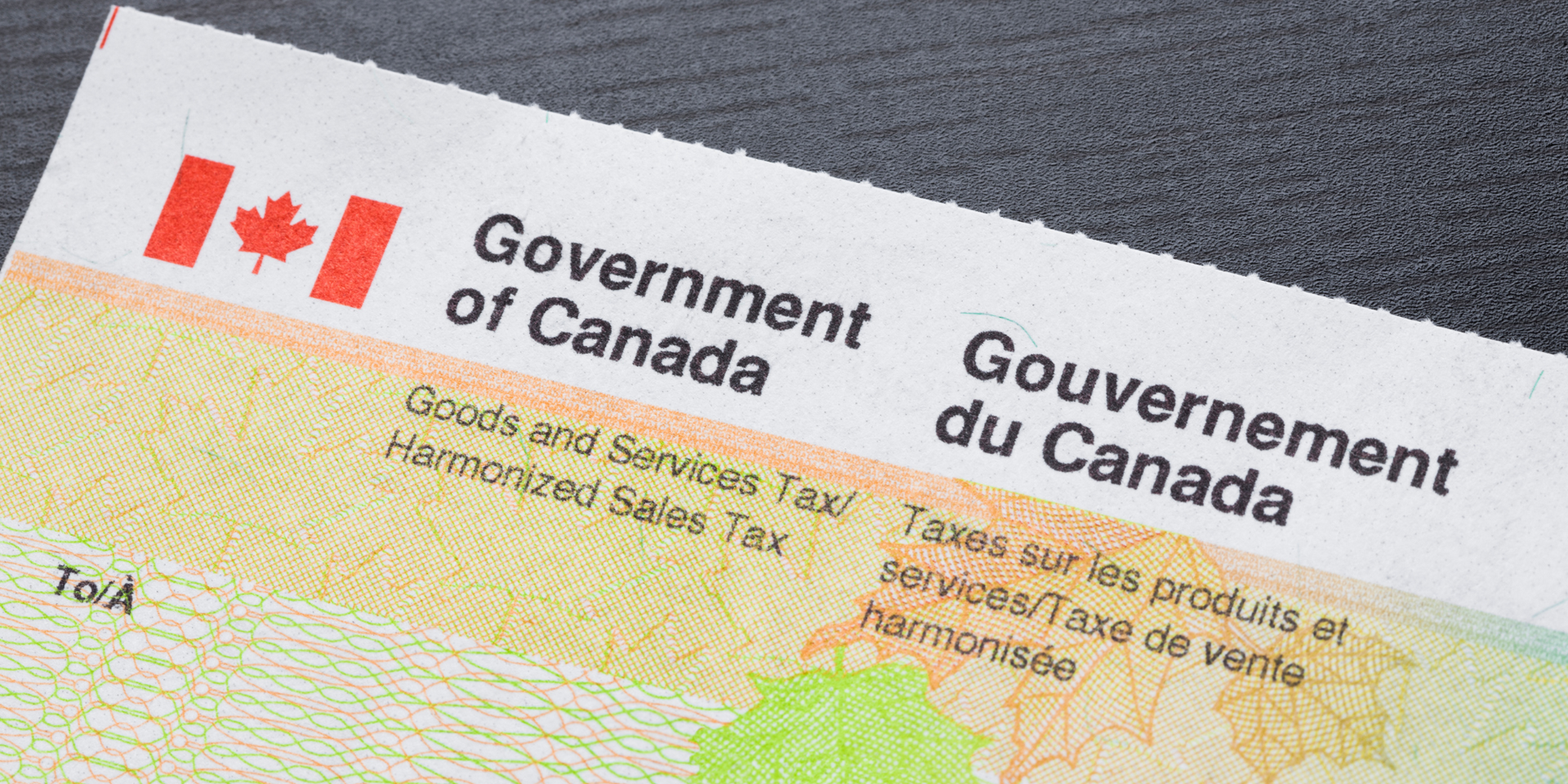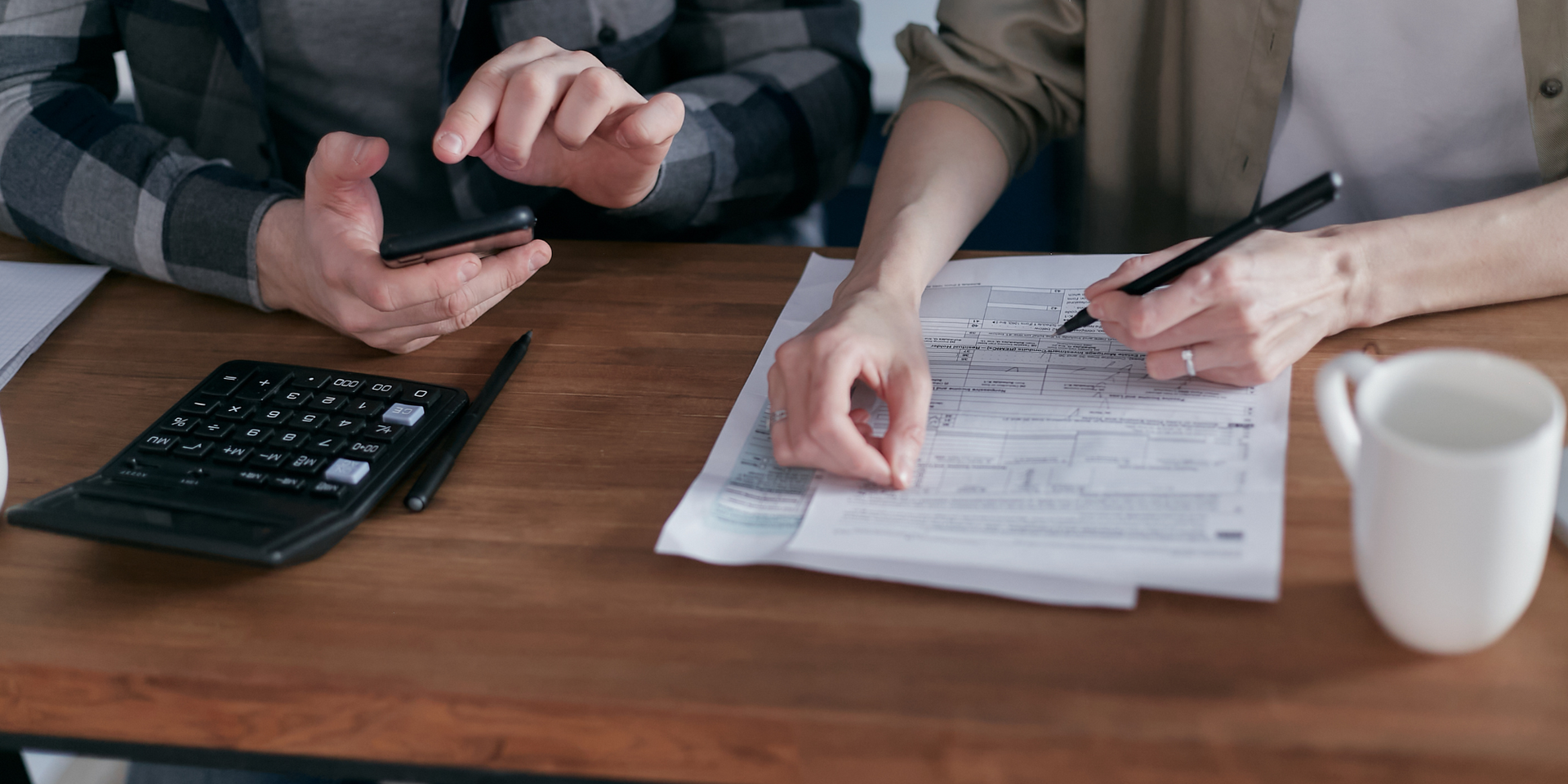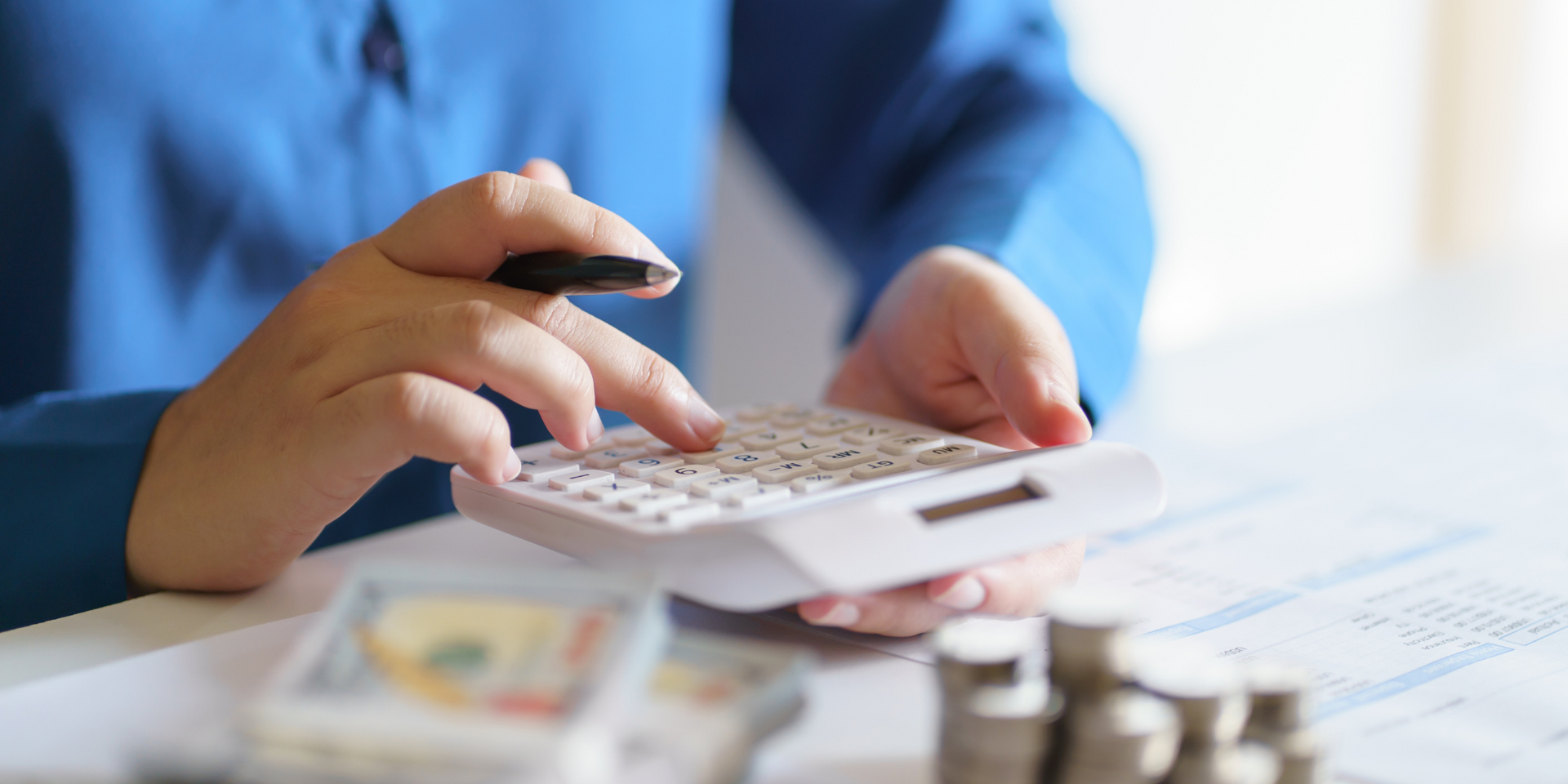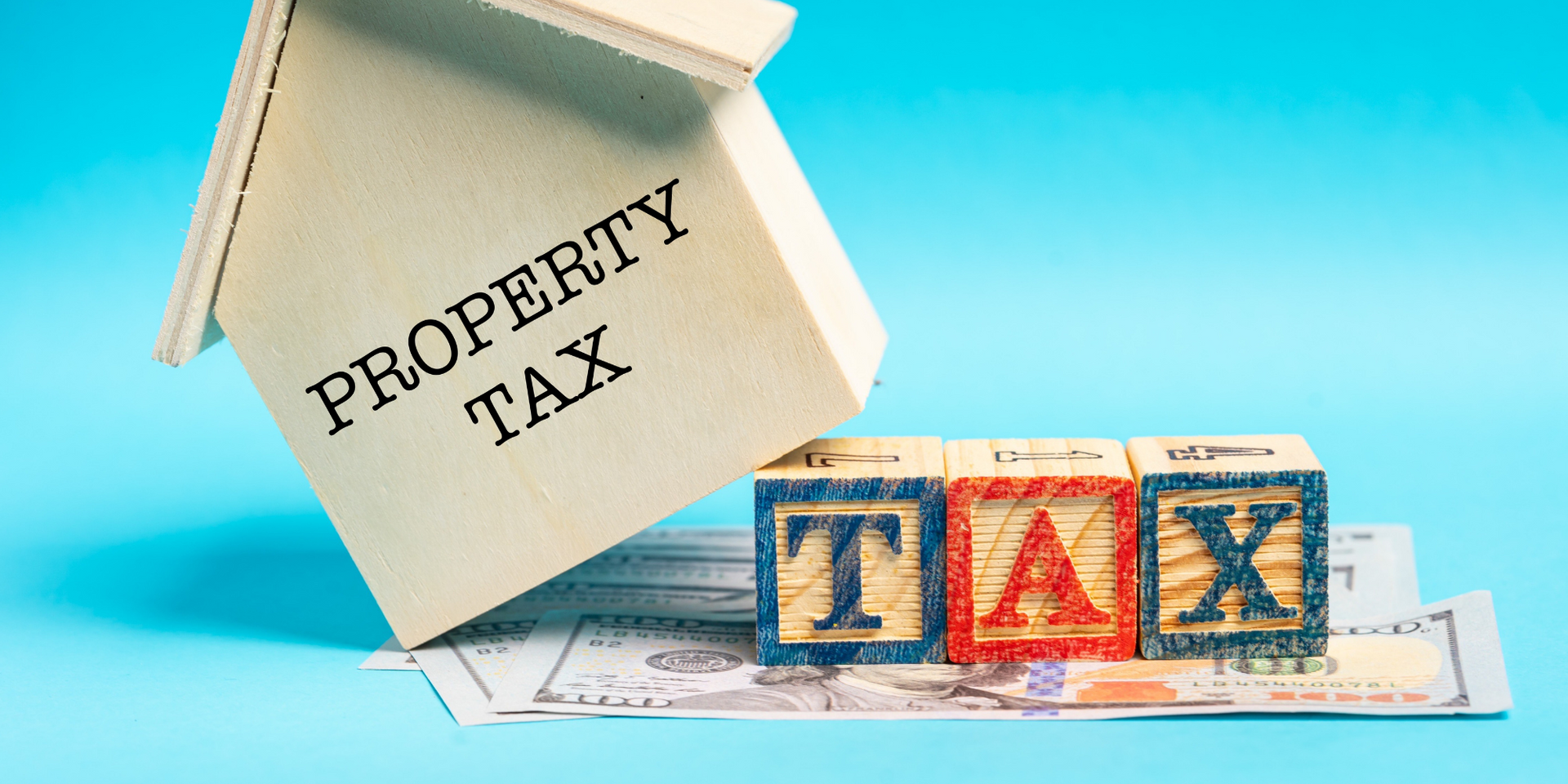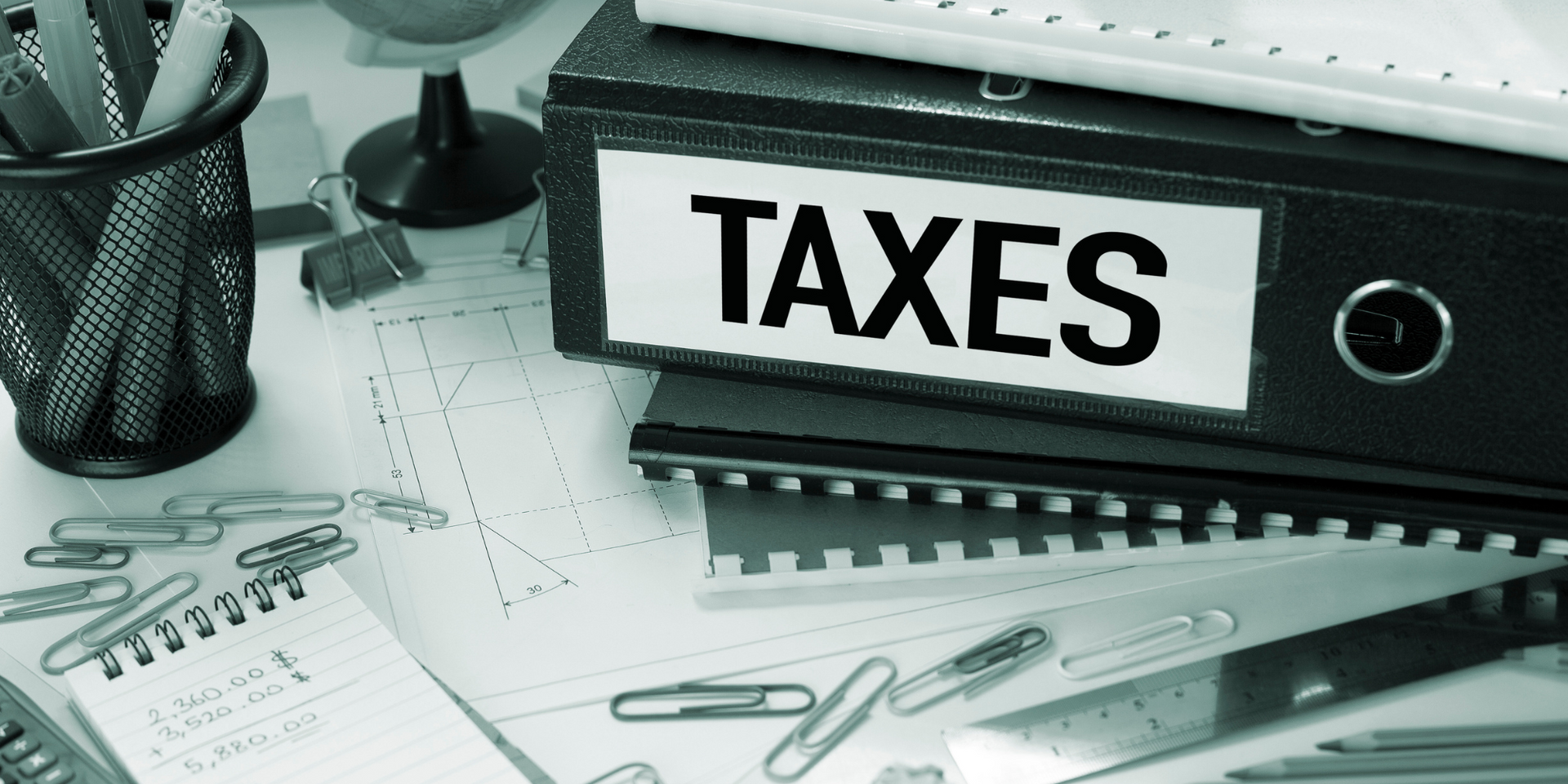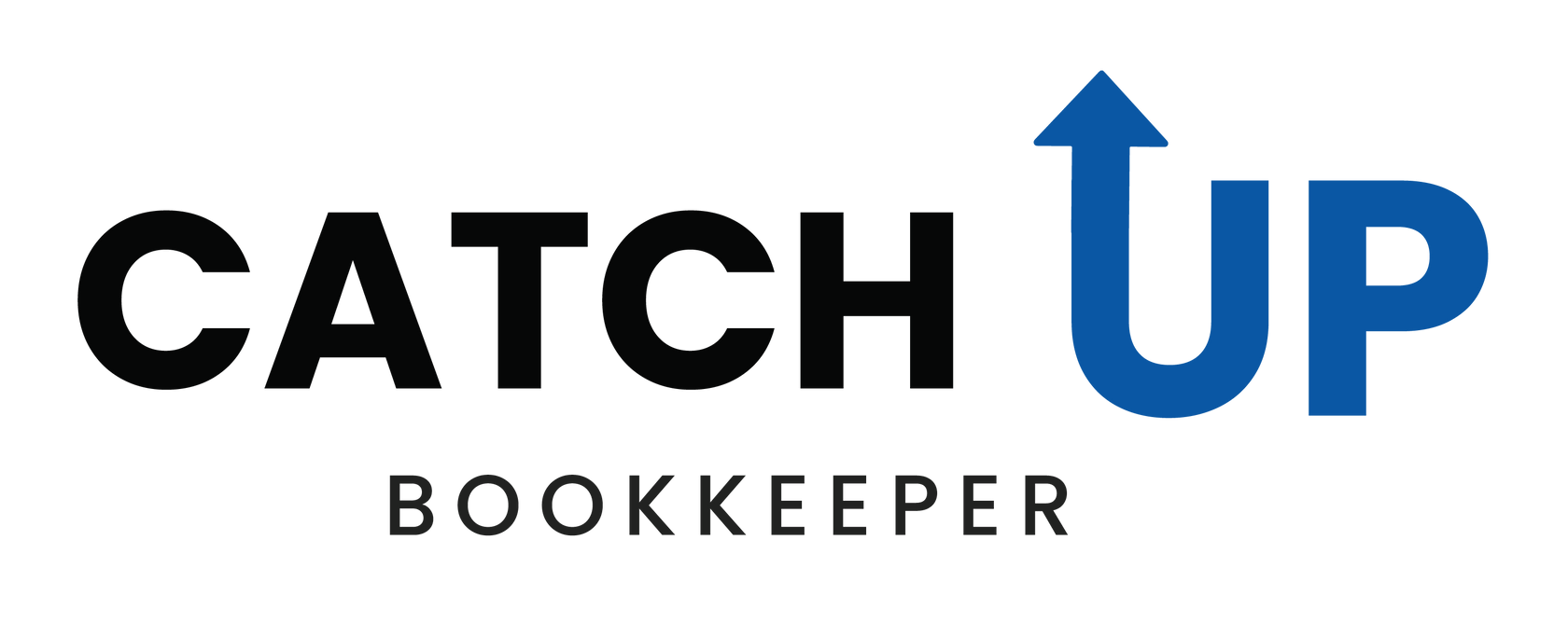Understanding Fair Market Value (FMV) and Its Tax Implications for Small Businesses
Thinking about using personal assets to support your small business? It can be a smart move, potentially offering tax benefits. Transferring personal assets, such as a vehicle or computer, to your business can help you get started without needing to make significant new investments. However, the Canada Revenue Agency (CRA) outlines a specific process for doing this, which varies depending on whether your business is a sole proprietorship, partnership, or corporation.
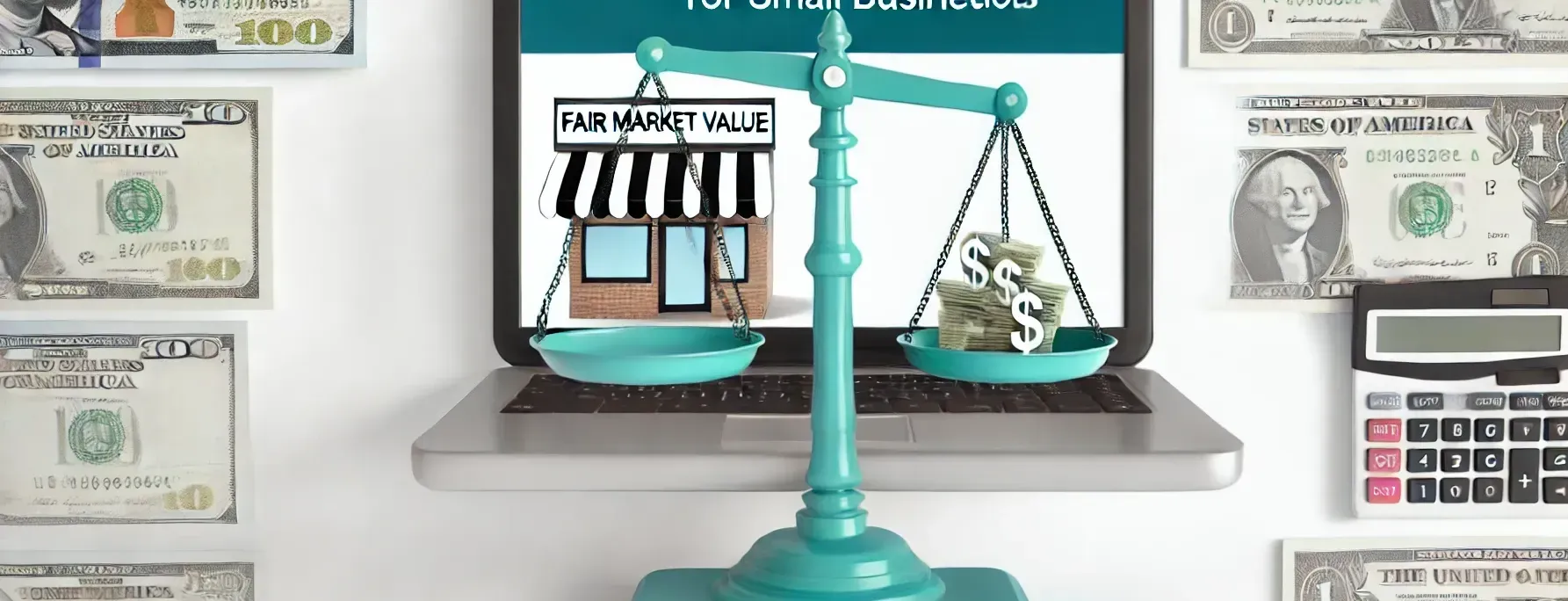
Understanding Fair Market Value (FMV) is key to this process, as it helps determine the value of the transferred assets for tax purposes. Let’s dive into what you need to know to properly transfer personal assets to your business and maximize the potential tax benefits..
What is Fair Market Value (FMV)?
FMV refers to the highest price an asset would fetch in an open and unrestricted market, based on an informed buyer and seller. This concept applies to capital property transfers like vehicles, computers, or office furniture, but not to consumables like stationery.
How to Determine Fair Market Value
The process for determining FMV depends on your business structure:
FMV for Sole Proprietorships
If you're a sole proprietor, you can transfer personal assets like a computer or vehicle by determining their current market value. For example, if you bought a computer for $1,500 a few years ago and it’s now worth $500 based on similar items in classified ads, that $500 becomes the FMV for tax purposes.
Once transferred, the FMV is used to calculate your Capital Cost Allowance (CCA)—a tax deduction that lets you depreciate the asset over time, reducing your taxable income.
FMV for Corporations and Partnerships
For corporations and partnerships, FMV is determined through an "elected" amount, which may differ from the FMV and must meet certain CRA criteria. The elected amount is agreed upon by the seller (you) and the buyer (the business), and may require assistance from a tax professional to ensure it meets CRA guidelines.
Tax Benefits of Transferring Personal Assets
The main tax benefit of transferring personal assets is the ability to claim Capital Cost Allowance (CCA). By claiming CCA, you can deduct a portion of the asset’s value from your business income each year. For example, if the asset falls under CCA Class 1, you can deduct up to 4% of the property’s value annually.
FMV vs. Book Value
It’s important to distinguish between FMV and book value:
- FMV: Reflects the asset's current market value, subject to fluctuations.
- Book Value: The asset’s original cost, adjusted for depreciation. Used for balance sheets, not for asset transfers.
Does Fair Market Value Include Sales Tax?
Yes, when you transfer personal property to your business, you may be able to claim the sales tax as an Input Tax Credit (ITC). This applies to both GST/HST registrants who transfer capital property.
For instance, if you transfer a computer worth $500 to your business in Ontario, you can claim the 13% sales tax as an ITC, which amounts to $65. You’ll need to be registered for GST/HST to claim this credit.
How to Transfer Personal Assets to Your Business
The process of transferring personal assets varies:
- Sole Proprietorship: Transfer the asset to your business records at FMV, using the date of transfer to calculate CCA.
- Corporations: A direct sale or elected transfer, where FMV is agreed upon, may be more common. Both parties need to record the acquisition in their financial records.
If an asset appreciates in value (e.g., a plot of land bought for $75,000 and now worth $150,000), you may have to pay capital gains tax on the difference. The FMV at the time of transfer becomes the new value for tax purposes.
Example of Capital Gains on a Transfer
Let’s say you transfer a piece of property with a FMV of $150,000, originally purchased for $75,000. The $75,000 increase represents your capital gain, and you will be taxed on this amount.
Calculating FMV When Buying a Business
When buying a business, FMV is crucial in determining the value of each asset. If you purchase a business for $500,000, the value breakdown might look like this:
